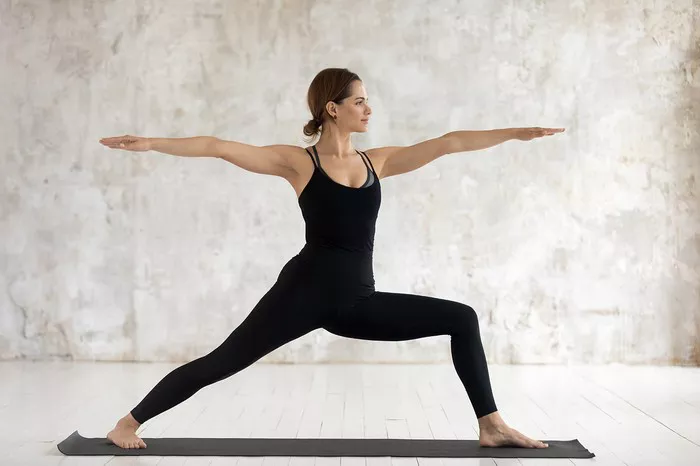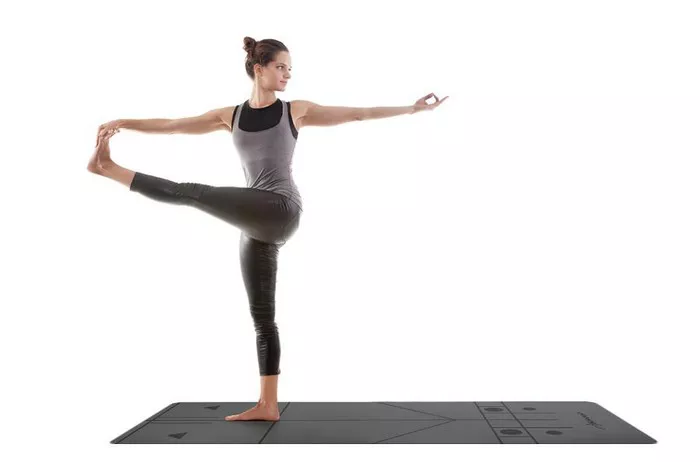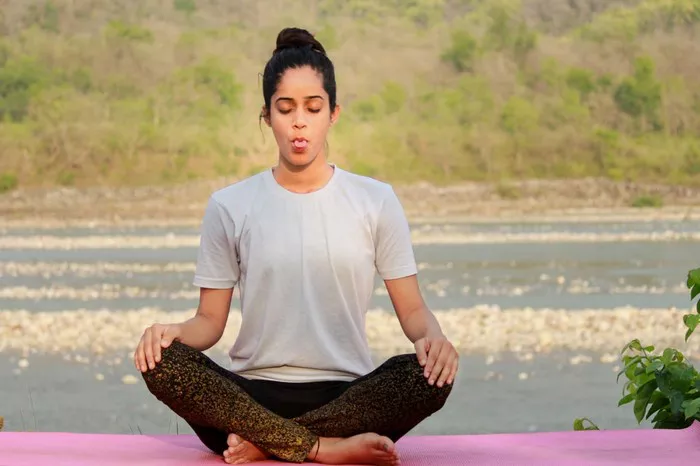Ashtanga Yoga, with its rigorous physical sequences and profound spiritual undertones, has gained global popularity in recent decades. Behind its structured system and transformative power lies the question of its originator. The search for “the father of Ashtanga Yoga” takes us on a journey through history, tradition, and the dedication of a remarkable individual who played a pivotal role in shaping this influential form of yoga.
The Early Lineage: Tracing the Roots of Ashtanga Yoga
The Ancient Yogic Tradition
Ashtanga Yoga’s roots can be traced back to ancient India, where yoga was an integral part of spiritual and philosophical exploration. The practice was passed down through oral traditions, with knowledge being shared from guru to disciple over generations. Ancient texts, such as the Yoga Sutras of Patanjali, provided a theoretical framework for yoga, which included the eight – fold path. This path, encompassing ethical restraints, inner observances, physical postures, breath control, and higher states of consciousness, laid the groundwork for the development of Ashtanga Yoga as we know it today.
The Role of Predecessors
Before the emergence of the modern – day Ashtanga Yoga, various yogis and scholars contributed to the evolution of yoga postures and practices. These predecessors refined the physical asanas, developed breathing techniques, and explored the mental and spiritual aspects of yoga. Their collective efforts created a rich tapestry of knowledge that would be further developed and popularized by the person who would come to be known as the father of Ashtanga Yoga.
Krishnamacharya: A Contender for the Title
His Influence and Teachings
T. Krishnamacharya is often considered one of the most influential figures in modern yoga. Born in 1888 in a small village in South India, Krishnamacharya was a scholar, yogi, and teacher. He studied ancient Sanskrit texts, traditional medicine, and yoga under various gurus. Krishnamacharya emphasized the importance of adapting yoga practices to the individual’s needs, physical condition, and lifestyle. His teachings were not limited to a fixed set of postures but were tailored to each student, making yoga accessible to a wide range of people.
The Development of Ashtanga Vinyasa Yoga
Krishnamacharya is credited with developing the Ashtanga Vinyasa Yoga system. This system combines a set sequence of postures (asanas) with synchronized breathing (vinyasa). The practice is dynamic, with each movement flowing into the next, creating a continuous flow of energy. Krishnamacharya’s approach to Ashtanga Vinyasa Yoga was based on the principle of using the body’s natural movements and breath to purify the body, mind, and spirit. His students, who went on to become renowned yoga teachers themselves, spread his teachings far and wide, contributing to the global popularity of Ashtanga Yoga.
Pattabhi Jois: Carrying the Torch Forward
His Journey with Ashtanga Yoga
K. Pattabhi Jois, born in 1915, was one of Krishnamacharya’s most famous students. Jois dedicated his life to the study and practice of Ashtanga Yoga. He studied under Krishnamacharya for many years, immersing himself in the teachings and mastering the complex sequences of Ashtanga Vinyasa Yoga. After Krishnamacharya’s passing, Jois became the torchbearer of the Ashtanga Yoga tradition, preserving and promoting it with unwavering dedication.
Establishing the Ashtanga Yoga Research Institute
In 1948, Jois established the Ashtanga Yoga Research Institute in Mysore, India. This institute became a mecca for yoga practitioners from around the world who came to study the traditional Ashtanga Yoga method. Jois taught the Ashtanga Yoga sequences with strict discipline and precision, emphasizing the importance of the breath, the bandhas (energy locks), and the sequential progression of the postures. His teaching style was intense but highly respected, and his students often described him as a masterful teacher who inspired them to push their limits and deepen their practice.
The Debate: Who Deserves the Title?
The Arguments for Krishnamacharya
Those who advocate for Krishnamacharya as the father of Ashtanga Yoga point to his role in developing the Ashtanga Vinyasa Yoga system. His deep knowledge of ancient yoga texts, combined with his innovative approach to teaching, laid the foundation for the modern – day practice. Krishnamacharya’s emphasis on individual adaptation and the integration of yoga with other aspects of life was revolutionary at the time, and his teachings continue to influence yoga practices worldwide.
The Case for Pattabhi Jois
Supporters of Pattabhi Jois argue that he was the one who popularized Ashtanga Yoga on a global scale. Through his teaching at the Ashtanga Yoga Research Institute in Mysore, Jois introduced the practice to a wide audience of Westerners, who then took it back to their home countries and shared it with others. Jois’s strict adherence to the traditional Ashtanga Yoga method and his unwavering dedication to preserving the integrity of the practice have made him a revered figure in the yoga community. His influence on the modern – day perception and practice of Ashtanga Yoga cannot be overstated.
The Impact of Their Legacies
The Global Spread of Ashtanga Yoga
Thanks to the efforts of Krishnamacharya and Pattabhi Jois, Ashtanga Yoga has spread far beyond the borders of India. Today, Ashtanga Yoga studios can be found in major cities around the world, and thousands of people practice the method daily. The popularity of Ashtanga Yoga has also led to the growth of related industries, such as yoga clothing, accessories, and teacher training programs.
The Influence on Modern Yoga
The teachings of Krishnamacharya and Pattabhi Jois have had a profound impact on the modern yoga landscape. Their emphasis on the physical, mental, and spiritual aspects of yoga has inspired many other yoga styles and practices. The concept of vinyasa, which involves synchronizing movement with breath, has become a fundamental element in many contemporary yoga classes. Additionally, their focus on discipline, dedication, and the sequential progression of postures has influenced the way yoga is taught and practiced today.
Conclusion
The question of who is the father of Ashtanga Yoga does not have a straightforward answer. Krishnamacharya, with his innovative teachings and development of the Ashtanga Vinyasa Yoga system, laid the groundwork. Pattabhi Jois, on the other hand, played a crucial role in popularizing the practice and ensuring its preservation. Both men were instrumental in shaping Ashtanga Yoga into the influential practice it is today. Their legacies are intertwined, and it is their combined efforts that have allowed Ashtanga Yoga to thrive and spread around the world.

















